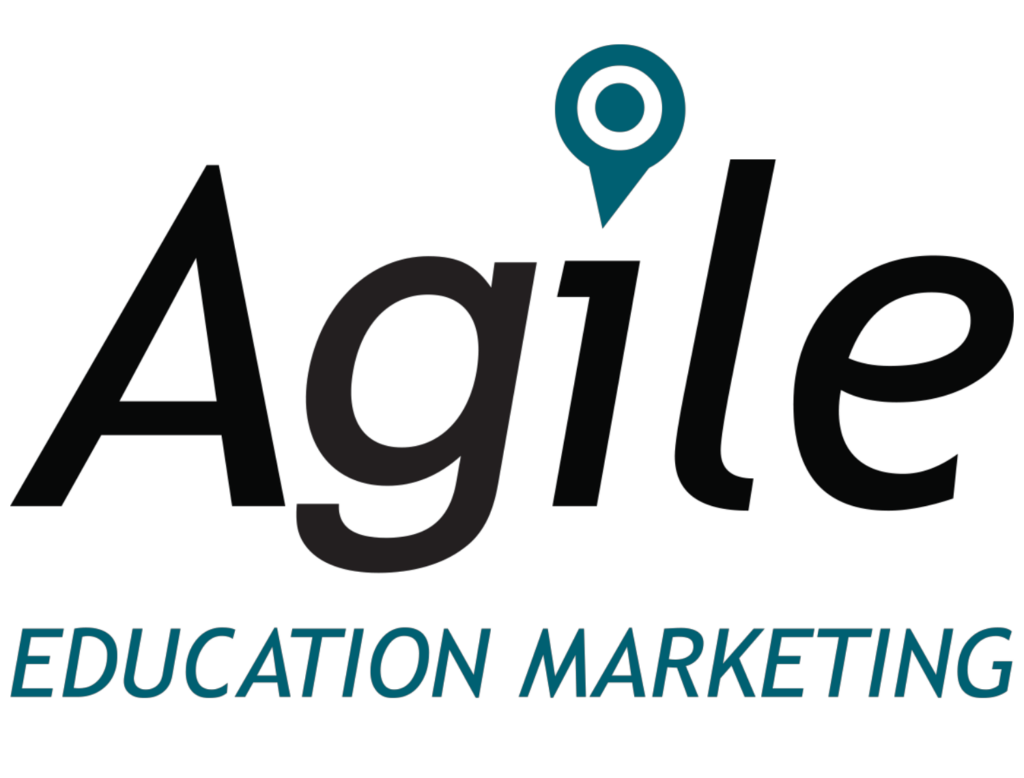Understanding how states fund education is essential for solution providers aiming to connect with the right schools at the right time. With significant differences in state budgets, what works in one region may not resonate in another—making tailored strategies a must.
We’re breaking down education spending by state, including key trends, purchasing priorities, and practical tips to align your approach with each state’s unique funding landscape.
What Is Education Spending?
Education spending refers to the money public schools invest in supporting students and running day-to-day operations. This includes teacher and staff salaries, classroom supplies, EdTech solutions, building upkeep, transportation, and even field trips. In short, these figures represent the dollars that directly impact students’ learning experiences and school environments.
How Funding Sources and Spending Trends Shape Market Demand
According to Education Data Initiative, public K–12 education in the United States costs a massive $857.2 billion each year, and most of that funding comes from state and local sources. States contribute around $383.9 billion, which breaks down to about $7,738 per student. Local governments aren’t far behind, pitching in $375.2 billion, or $7,562 per student. In comparison, the federal government’s share is smaller at just $2,400 per student.
That means state and local budgets carry the most weight when it comes to school funding—and should be top of mind for solution providers looking to align with district spending power.
Why State Funding Levels and Spending Aren’t One-Size-Fits-All
While most school funding comes from state and local sources, the amount each state spends can vary widely. These differences are shaped by factors like:
- Cost of living: States with a higher cost of living naturally spend more on everything from teacher salaries to classroom supplies. It’s not always about spending more—it’s about keeping up with local economic realities.
- Urban vs. rural needs: Urban and rural school districts face vastly different challenges—and costs. City schools often require more funding for facilities, student services, and support staff, while rural schools can spend big on transportation and tend to struggle more with limited resources.
- State policies and mandates: Whether it’s funding universal pre-K, meeting special education requirements, or capping class sizes, policy choices at the state level often come with a high cost—and significant implications for providers.
- Teacher pay: Teacher pay and benefits are one of the biggest line items in any school budget. Some states offer competitive salaries to attract and retain educators, while others struggle with staffing due to limited education funding, which can affect how they invest in new tools and resources.
These spending factors don’t just affect budgets—they shape what schools prioritize and when they’re ready to buy. Understanding these dynamics helps providers predict demand, tailor messaging, and time outreach more effectively.
K–12 vs. Postsecondary State Spending
Public education spending serves 49.6 million K–12 students and 13.5 million postsecondary students at the national level. Public colleges and universities spend about $30,227 per student, with states and local governments covering $8,370 of that amount. For K–12, state and local contributions average $15,300 combined per student.
Why do state and local governments spend more per K–12 student? This is often because they’re legally required to provide free, universal education, including transportation, meals, and special education. Public colleges aren’t held to the same mandate and rely more on tuition rates to cover costs. Their local funding is also less consistent, making per-student support appear lower.
States That Spend the Most—and What That Means for Providers
When it comes to K–12 spending, the top five states investing the most per student are:
- New York ($33,437)
- Vermont ($26,974)
- New Jersey ($26,558)
- Connecticut ($25,023)
- Massachusetts ($24,359)
These states prioritize building robust education systems backed by strong support services. Their investments often focus on smaller class sizes, competitive teacher salaries, robust special education programs, and well-maintained facilities. Many also champion equity initiatives and expanded access to advanced coursework—all designed to boost long-term student achievement.
Postsecondary spending tells a different story. The highest spenders include New Mexico ($53,046), Oregon ($47,119), Connecticut ($45,281), Iowa ($43,722), and the District of Columbia ($43,713). These states tend to invest heavily in specialized academic programs, groundbreaking research, and comprehensive student support.
Other priorities often include advanced technology and financial aid designed to improve access and retention. Workforce development and industry partnerships are also key, ensuring education aligns with real-world career opportunities.
What This Means for Solution Providers
When targeting schools in high-investment states, tapping into distinct priorities is essential. K–12 districts want solutions that boost student support and promote equity and access. Postsecondary institutions, on the other hand, are on the lookout for innovative tech, research collaborations, and tools that drive career readiness.
By tailoring offerings to these specific needs, providers can unlock meaningful partnerships and make a lasting impact in these well-funded education markets.
Underserved or Underfunded? States With Lower Per-Student Spending
Not all states are in a position to spend heavily on education. The five states with the lowest per-pupil spending for K–12 include:
- Idaho ($9,387)
- Utah ($9,977)
- Arizona ($10,090)
- Oklahoma ($11,349)
- Nevada ($12,229)
These states often operate within tighter budgets and focus on the fundamentals: core classroom resources, basic facility upkeep, and efforts to improve attendance and graduation rates. While there may be less room for investments in smaller class sizes or extensive support services, many are making the most of what they have through targeted programs and smart, efficient use of funds.
On the postsecondary side, the lowest per-student spending is seen in Nevada ($18,083), Idaho ($18,641), Florida ($19,293), Maine ($19,499), and South Dakota ($20,811). Here, the emphasis tends to be on affordability and access.
These states prioritize expanding online learning, supporting two-year colleges, and keeping tuition low. They also focus on practical, career-oriented education by building partnerships with local industries and community groups.
What This Means for Solution Providers
Working with schools in lower-spending states means leading with value, flexibility, and proven results. K–12 districts are looking for budget-friendly tools that strengthen instruction and drive student achievement without requiring major infrastructure upgrades. Postsecondary institutions are focused on cost-effective, scalable solutions—particularly those that support online learning and align with workforce needs.
Solutions that offer measurable impact and help schools do more with less will stand out in these resource-conscious markets.
5 Ways To Improve Outreach With State Spending Data
State-by-state spending isn’t just a budget stat—it’s a blueprint for how to connect with schools more effectively. Here are five ways you can turn that data into smarter, more strategic outreach:
1. Prioritize High-Spending States for Scalable Pilots
States with higher per-pupil investments can often pilot and scale new technologies faster. Target these markets for early adoption, offering robust solutions that align with their emphasis on innovation, equity, or student services. Demonstrating success in these environments can also build credibility and open doors in neighboring or aspirational states.
2. Customize Messaging by Spending Priorities
Use state-level spending trends to craft messaging that speaks to local priorities. In high-spending K–12 states, focus on how your solution supports equity initiatives, advanced coursework, or special education. For lower-spending states, highlight affordability and ROI. The more closely your message matches a school district or institution’s known focus, the more likely it is to resonate with decision-makers.
3. Identify Underserved Regions for Value-Based Offers
States with limited education budgets often look for cost-effective solutions that still drive results. Offering tiered pricing, grant support, or bundled services can help your product stand out. Targeting these regions with practical, outcome-driven solutions can also build long-term trust and establish your company as a reliable partner—even in budget-constrained environments.
4. Align With Postsecondary Workforce Priorities
Many low-spending postsecondary states focus on career readiness and access. Use this insight to highlight how your tools support workforce alignment, skills training, or online learning delivery. Consider developing partnerships with community colleges or regional employers to strengthen your value proposition and make a case for your solution as a workforce development tool.
5. Use Spending Data to Guide Regional Sales Strategy
Layering spending data with policy shifts and local funding initiatives can help you decide where to focus time and resources. For instance, high-spending states might be ideal for longer sales cycles and relationship-building, while lower-spending states may favor quick wins and clear cost-benefit presentations. A data-informed approach ensures your outreach aligns with each region’s financial reality and decision-making style.
Know the Trends. Meet the Demand. Win the Market.
Understanding how and where schools spend is the foundation of smarter, more strategic outreach. The most successful solution providers don’t just react to funding trends; they anticipate them, tailoring their offerings to meet schools’ evolving needs head-on.
That’s where Agile Education Marketing comes in. With verified, first-party data from PreK–12 to Higher Ed, Agile helps you target real decision-makers with custom audience segments that go far beyond basic filters. When you’re ready to stop guessing and start connecting with the right educators in target states, Agile gives you the data, tools, and strategy to make every campaign count.
Reach out to connect today!




